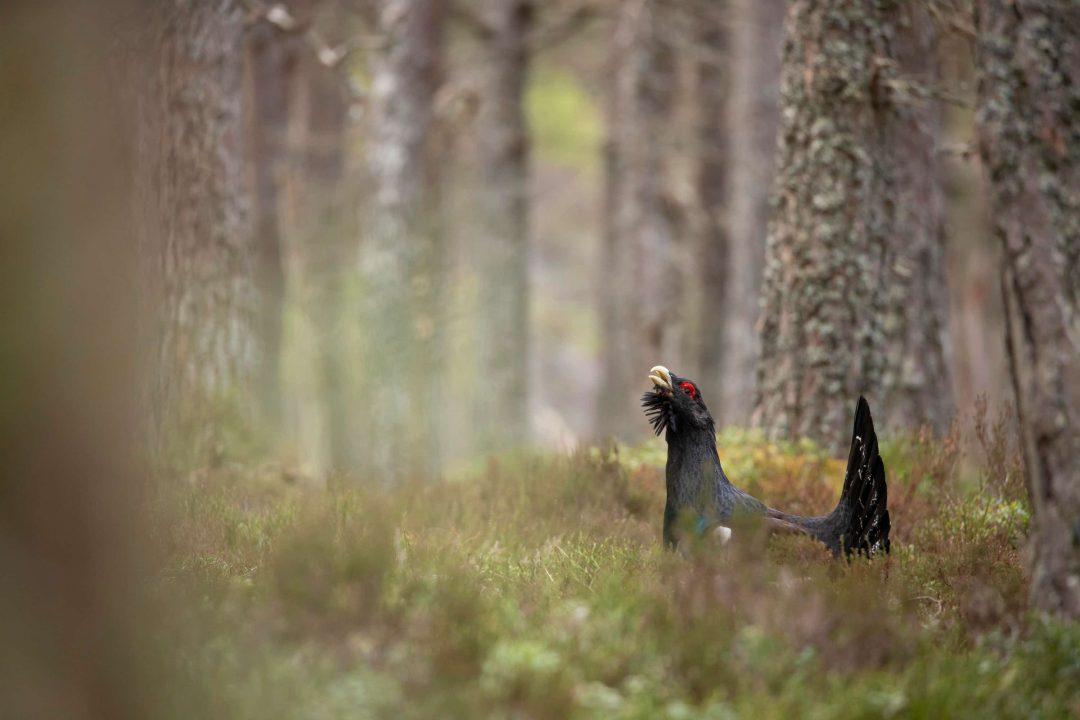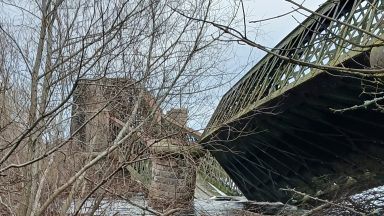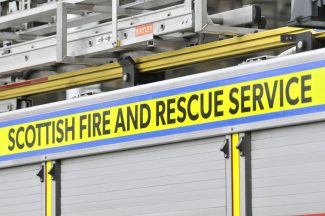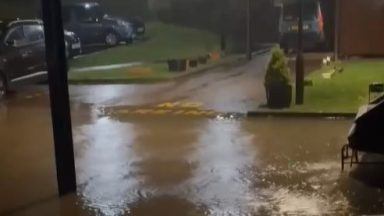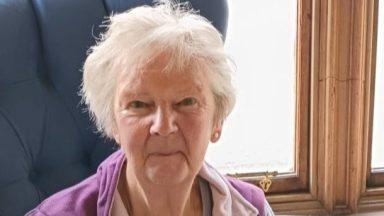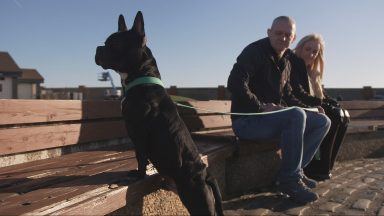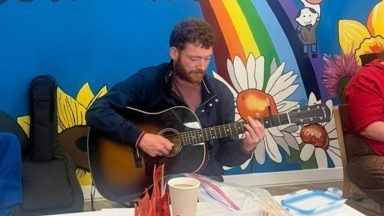An emergency bid to save a population of capercaillie in the Cairngorms National Park has been launched.
The bird, a large variety of woodland grouse, have been in decline for decades, and are expected to become extinct in 20 to 30 years.
The Cairngorms National Park, in the Highlands, is home to 85% of the UK’s capercaillie population, with only 532 remaining in Britain, partly due to predators including pine martens and badgers.
In the early 1990s, it was predicted that capercaillie would be extinct in Scotland by about 2010 and efforts were started by conservationists to save the species.
NatureScot commissioned its scientific advisory committee to investigate the “critical” situation and a five-year emergency plan was drawn up with the Cairngorms National Park Authority, after being initiated by the Scottish Government.
A report addressed factors such as human disturbance, predation of young, and fence removal, which, if tackled together, could improve capercaillie survival and breeding success.
In the past five years, efforts have been made by mountain bikers and dog-walkers to avoid disturbing the birds.
Studies show that the species may miss out on 40% of suitable habitats due to human disturbance.
Andy Ford, director of nature and climate change at the Cairngorms National Park Authority, said: “The Cairngorms National Park is home to 85% of the UK capercaillie population, so action in the national park is critical.
“Protecting capercaillie has always been a collective effort. Thanks to the Cairngorms Capercaillie Project, more people than ever before are now actively helping the species alongside the longstanding efforts of land managers and organisations.
“Given the scale of the task ahead to boost capercaillie numbers in Scotland, we remain realistic but optimistic that a huge collective effort will make a positive difference.”
The plan identifies clear priorities across a range of areas, underpinned by the continued commitment to woodland creation in the National Park with a minimum of 35,000 ha of new woodland cover to be created by 2045.
Eileen Stuart, NatureScot’s deputy director of nature and climate change, said: “This is the most comprehensive plan of its kind ever produced for this iconic bird, bringing together stakeholders from every aspect of capercaillie conservation.
“With such low numbers, the species is predicted to become extinct in the next 20 to 30 years unless more action is taken at scale and on all fronts.
“The emergency plan will do just that and is the result of intensive work with over 100 stakeholders who are all committed to safeguarding the future of capercaillie.
“Requested by Scottish Government, the plan will tackle the multiple issues facing capercaillie at a pace and scale to help the species recover.”
Emma Holgate, chair of the Badenoch and Strathspey Trail Association, said: “Thanks to the Cairngorms Capercaillie Project, we’ve achieved far more for the local trail network while protecting the environment we love.
“By working together, we’ve made smarter decisions about trails in capercaillie areas, cutting mountain biking disturbance over 450 hectares without losing any trails.
“This success is all down to the strong partnerships we’ve built through the project and the wider mountain biking community, and we’re excited to keep that momentum and collective effort going through the capercaillie emergency plan as we all have a part to play.”
Follow STV News on WhatsApp
Scan the QR code on your mobile device for all the latest news from around the country


